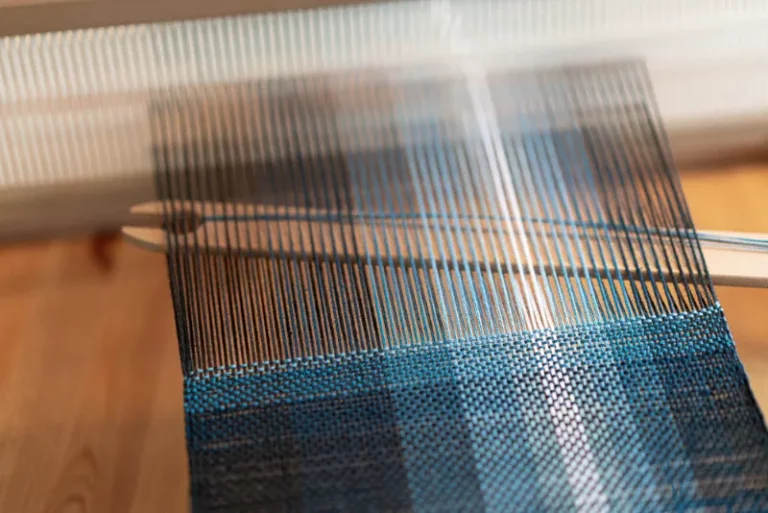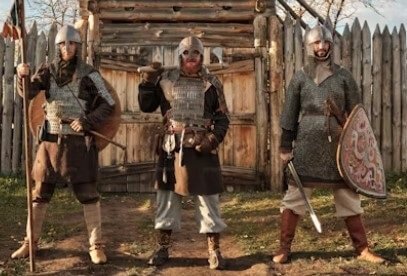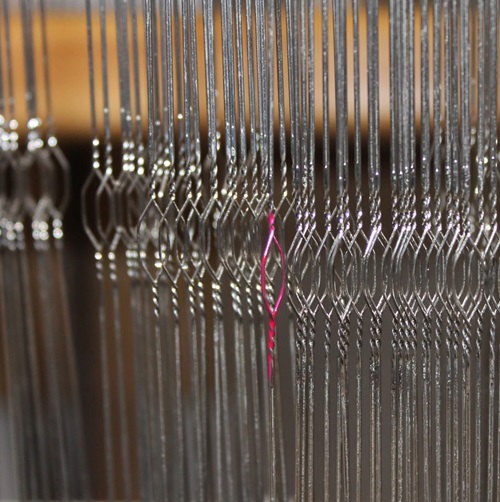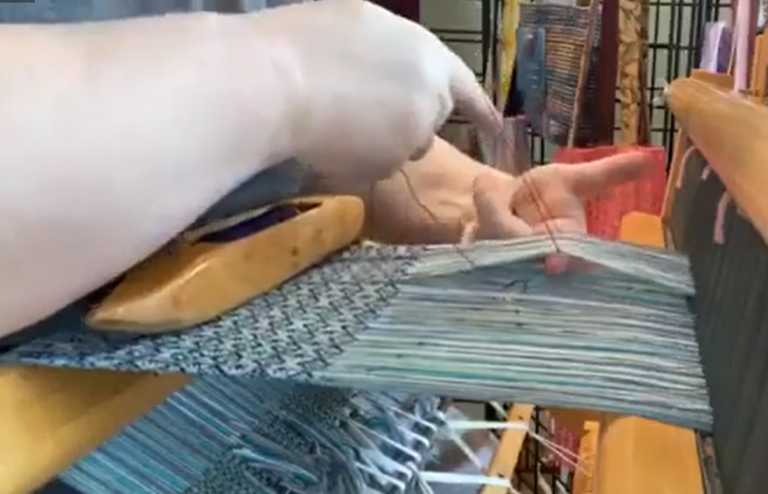The Handweaving Academy
Weaving resources
Search Articles
Choose a category:
Sometimes creating handwoven fabrics feels like wrestling mischievous imps. A project that looks gorgeous in the initial sketch, or in a weaving software simulation, turns into a muddy mess when woven. A garment that looked great while you were sewing it blurs into shapelessness from across the room. Figuring out what happened can feel hopeless. Many times, though, the problem is pretty simple: You’ve designed at the wrong scale. Your...
Need to calculate sett for an unfamiliar yarn? Ashenhurst’s Rule will help. In this blog post and its sequel, we’ll explain how Ashenhurst’s rule works and how you can apply it in your weaving. What is Ashenhurst’s Rule? Thomas R. Ashenhurst (1849-1902) was the chief instructor in weaving and pattern designing at the Bradford Technical College in West Yorkshire, England in the 1880s and 90s. In the course of writing...
Most weavers have experienced a “weaving slump”. You know – when you just can’t seem to get excited about the project on your loom, your next project, or ANY project for that matter. You might leaf through a weaving magazine without finding any project that piques your interest. You look through websites showcasing kits, but they seem to be all the same things that you’ve woven before. More towels, more...
When a twill’s floats are too long, the solution is to change the float lengths in its tie-up. “But tie-ups don’t have floats!” you say? You’re quite right: a tie-up doesn’t have actual floats. A tie-up is the connections between the shafts and treadles that make the sheds required while weaving, and those connections don’t “float” anywhere. Even so, the number and placement of those connections directly controls how long...
When Tien and Janet conceived the Academy, one of the most important parts was creating a weaving community where everyone is welcome. A place where everyone can share, learn, and create with each other. One of the ways that the Academy fosters this sense of community, and connection, is through our bi-weekly Peer Support sessions. Academy members are a merry band of weavers, who embody the Musketeer cry of “All...
A question came up in a Facebook group from a weaver who wanted to use a huck threading like this… …but she didn’t have enough heddles on Shafts 1 and 4. If she was working with a four shaft loom, she would be limited to either moving heddles, or adding repair heddles to Shafts 1 and 4. However, in this case, the weaver did have an eight shaft loom, and...
Written by Yvonne Ellsworth I recently published an article “Doubled Up Ice Dyeing” in Handwoven Spring 2024 on ice dyeing two warps at the same time. Then I designed a set of towels with the resulting warp, which became the “Call of the Crows Towels” project in the same issue. Working with Handwoven is always a wonderful experience and I am very proud of my article and project. Unfortunately, there...
No matter what the actual topic of my in-person weaving classes happens to be, there’s always someone who says that some random, unrelated tip is the best thing they’ve learned that day. It’s usually a tip for fixing a problem that they’ve struggled with several times, and more often than not it’s this simple trick for fixing warp snags. You know how it is: your shuttle catches some stray warp...









